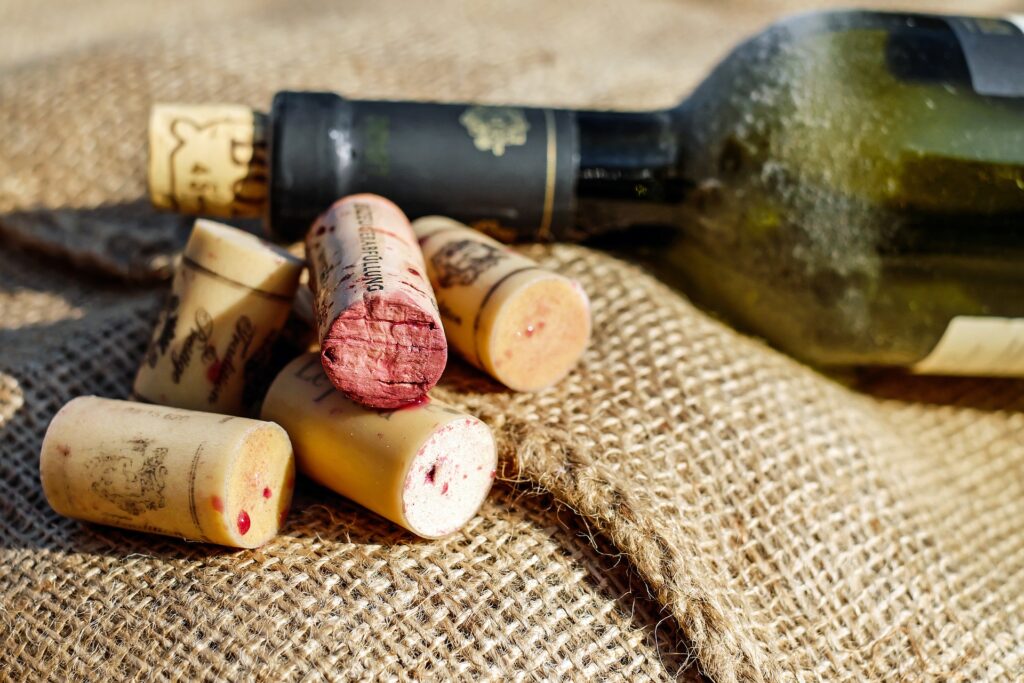If you’ve ever left a bottle of wine unopen for too long, you’ve probably noticed how bad it tastes when you go to drink it. Wine that has been open for a while tends to smell like vinegar and pennies, and also has an odd brown color – not exactly appetizing. The reason for these changes is down to a process called oxidation. It’s the same process that happens when you leave an apple cut on the counter and it turns brown.
 We read an interesting article this morning about the differences between screw top and corked wine, and how the different openings can affect the oxidation process. What was surprising is that screw top bottles do a better job of preventing oxidation, even though they’re not the top choice among traditional wine drinkers.
We read an interesting article this morning about the differences between screw top and corked wine, and how the different openings can affect the oxidation process. What was surprising is that screw top bottles do a better job of preventing oxidation, even though they’re not the top choice among traditional wine drinkers.
While the basics of oxidation have been explained above, Underground Cellar aims to dig deeper into the oxidation process below.
Let’s Look at the Science
When wine is exposed to the air, a series of chemical reactions are triggered, which convert ethanol (alcohol) into acetaldehyde. When this happens, the color and taste of the wine is changed. Sometimes this is done on purpose – open tank fermentation is a method of purposely introducing oxygen to wine, for example. However, during this process, the oxygen is introduced slowly so as to trigger a mature reaction.
Compare this to when you open a bottle of wine purchased from the supermarket and the results are far different. Unscrewing or uncorking a bottle of wine instantly introduces oxygen to it, causing the flavors to become more intense. Decanting the wine speeds up this reaction, and while it is generally okay to drink for 24 hours, any longer and the wine will become over oxidized. This happens even if the wine is recorked.
Is All Oxidated Wine Bad?
Contrary to what we’ve mentioned above, not all oxidated wine is bad. In fact, some alcoholic beverages are oxidated on purpose. Some of these are described below:
- Madeira – This is one of the most famous oxidated wines. It gets its unique flavors from the heating and aging processes.
- Tawny Port – This drink is oxidized in wooden barrels. It is this that gives it its unique woody flavor.
- Jura Wines – Jura wine is made in the Jura region of France. These are aged biologically in specific conditions. The process takes months to years.
- Sherry – Sherry is technically a biologically aged wine, but not all of these have been oxidated. Some versions of sherry, like Amontillado, have been oxidated. It is the oxidation process that gives them a sweet flavor.
Summing It Up
In general, oxidation is bad for wine in so far as the wine you purchase from a supermarket or wine club will start to go off once it has been opened. However, some wines and other alcoholic beverages are oxidated on purpose in order to create a specific flavor. So no, not all oxidation is bad for wine, but in most cases, it’s best to drink what you have opened within 24 hours.







